What is the difference between ALR and CLR projection screens? Which one is better?
When you own a projector, you should take a crucial step towards your home entertainment setup, choosing a projection screen that fits the projector and the projection environment! This is also the passion and interest of many home theater fans and professionals.
With the development of projection industry and projection screen, anti-light screen has become more first choice, so do you know ambient light suppression screen? Can you tell the difference between ALR and CLR screens?
What is an ambient light suppression screen?
The Ambient Light Suppression Screen uses a special optical technology and consists of an embedded lenticular screen with a black grid structure, the black part of which absorbs the ambient light, while the white element reflects the projected light directly to the viewer. This optical technology enables blackout screens to be used in fully lit indoor environments, creating the sharpest, most faithful images of the highest quality.
Data from: https://www.itouying.cn/archives/280.html
For example, the black grid anti-light screen of vivostorm adopts TPU optical coating, and the surface is a prism screen structure, which makes good use of the principle of black light absorption and white light reflection, and is well matched with the ultra-short-focus projector. The bottom-up projection method not only effectively keeps the light from above, but also reflects the brightness projected by the projector very well, and has achieved a picture with clear color reproduction.

What is the difference between ALR and CLR screens?
The ALR projector screen is an ambient light suppression projector screen. Unlike normal projector screens that reflect less light and bounce in all directions, ambient light suppression screens are designed to selectively reflect more of the projector's light back to the viewer, effectively re-integrating the ambient lighting. , so that it doesn't interfere too much with the image quality, resulting in a brighter, clearer, more vivid picture. So, ALR projector screens are great for rooms where it is difficult to control the amount of ambient light, but ALR screens cannot accept projectors and lights hitting the screen in the same direction.
CLR or Ceiling Light Rejecting® material is a patented technology of Elite Screens. It is an upgrade of ALR screen. CLR projection screen is a ceiling light suppression projector screen. The biggest difference from ALR is that it can absorb light from above. 95% of the light, which is achieved through its zigzag screen structure, while avoiding the scouring of the contrast of the projection screen by ambient lighting, such as the strong light of the overhead lamp, so that the contrast is as high as ordinary non-reflective white or 100 times the gray screen, resulting in a more vivid and clear image.
In general, the main principle of ALR screens is to reflect ambient light, while CLR screens only absorb ambient light,However, it can still effectively reject ambient light from other directions.

Light off effect

Lights effect
Benefits of choosing an ambient suppression screen?
Choosing an ALR or CLR screen can effectively improve the viewing experience. Compared to traditional projection screens that do not reject or reflect ambient light well. The ambient light suppression screen can offset the effect of ambient light and reduce the effect of low color contrast and blurring of the projected image due to light factors. This makes it possible to enjoy a high-definition, high-color reproduction viewing experience even in the daytime or with the lights on!
You can choose ALR and CLR according to your own projection environment. If there is no strong lighting, it is enough to use an ALR screen in an ordinary home environment.
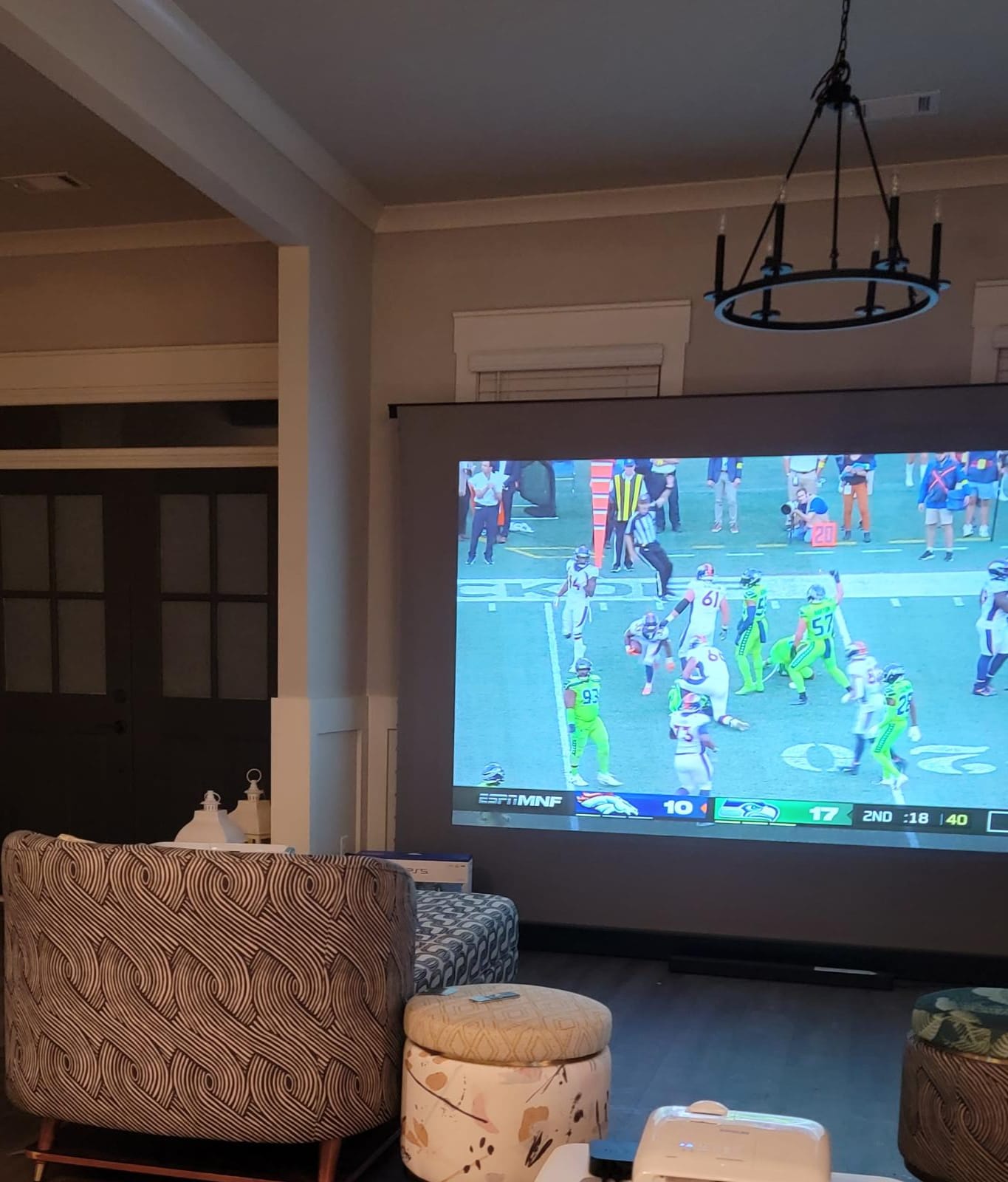



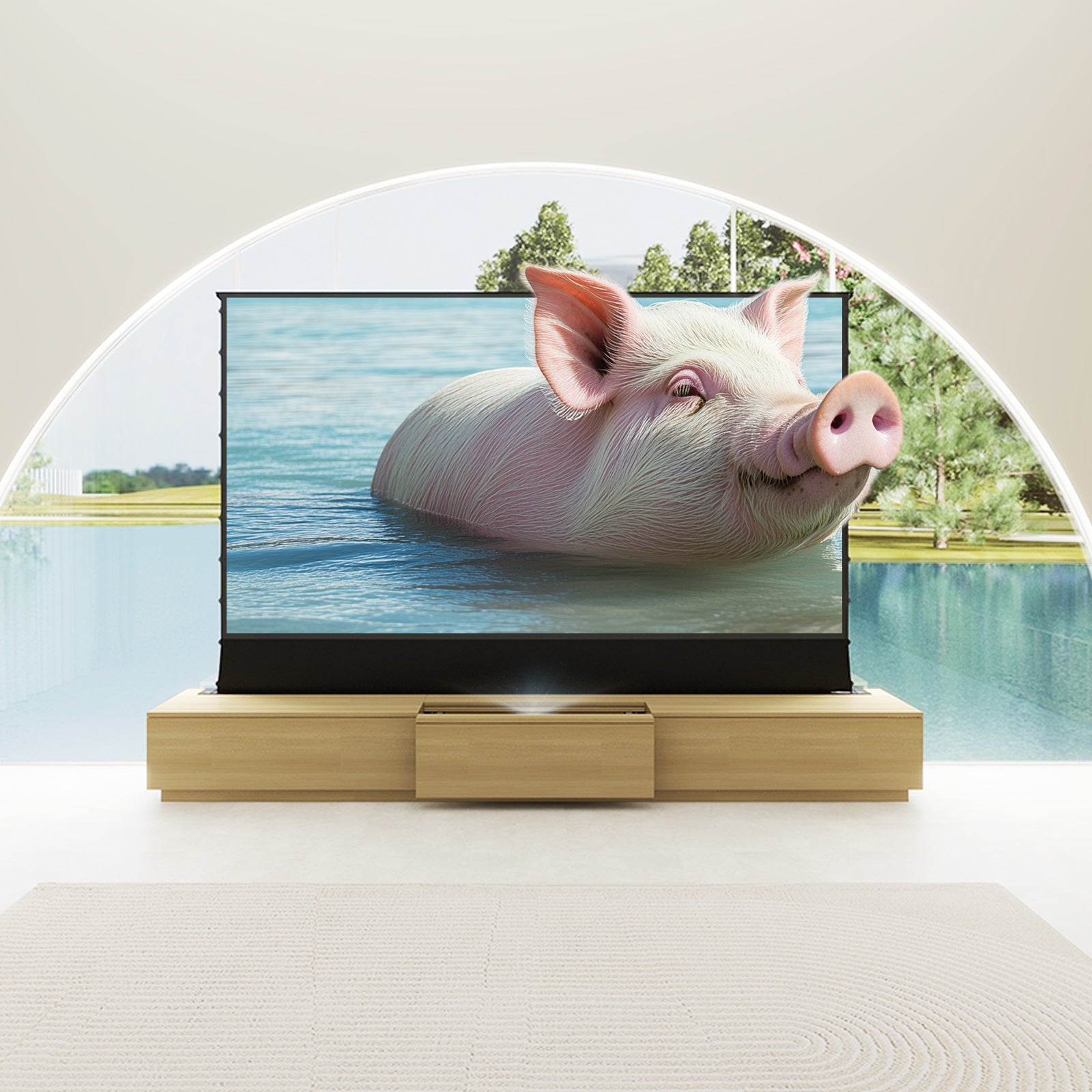
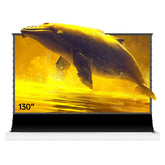
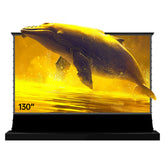
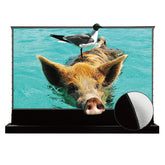
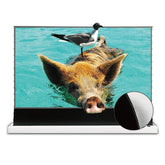
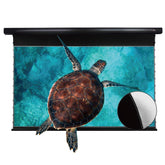
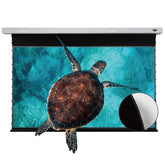
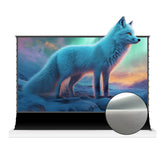
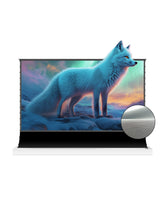
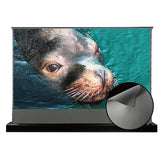
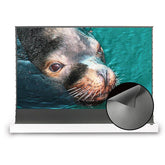
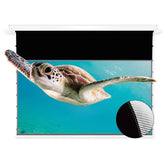
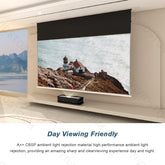
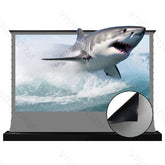
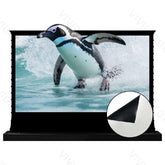
コメントを残す
コメントは公開前に承認される必要があることにご注意ください。